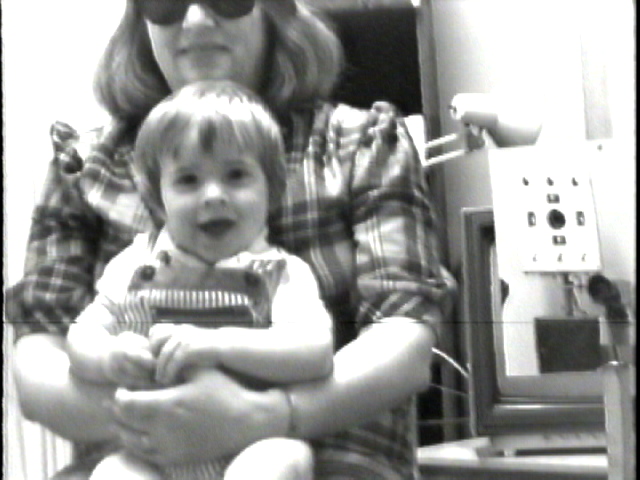This web site has been restored for historical purposes. Many members of the Machine Perception Laboratory have moved on to exciting new opportunities at Apple, Inc. Unfortunately, INC can only now offer limited support for locating and restoring articles referenced outside of the main MP Lab web site. You may use the Contact Form for reporting broken links and missing articles. We will do our best to locate them from the MP Lab archives.
Infomax Control
Developing Lean and Mean Learning Machines
The basic idea of Infomax Control is to view a learning as a control problem whose goal is to gather as much information as possible per unit time about hypotheses of interest. One interesting aspect of Infomax Control is that the resulting learning process is self-supervised, i.e., the reinforcement signal is based on the learners subjective’s beliefs rather than on external reinforcers.Infomax controlers can be seen as “Lean Mean Learning Machines” optimized for gathering information in real time and to learn very rapidely. The process of developing such machines can thus be casted as “Learning-to-Learn”.
We have used the idea of Infomax Control to explain how infants detect the pressence of responsive agents. This lead to an algorithm implemented in social robots for real-time contingency detection. We also used the idea of Infomax Control to explain how adults ask questions in concept learning tasks. Currently we are pursuing Infomax Control to model the timing and trajectories of eye movements. Klopf (1982)speculated that neurons are active systems, that schedule spikes to maximize internal goals. Infomax Control provides a framework for testing the possibility that neurons may indeed actively “ask questions”, i.e., that their spikes may be designed to gather information about other neurons, not just to transmit information to other neurons.

If you click on this image, you shall get a video from from Movellan and Watson’s 1987 experiment that investigated how 10 month old infants detect the pressence of social agents and follow their line of regard. This video shows the first 43 seconds of interaction between Baby-9, then 10 months old, and a robot. Note how Baby-9 times his vocalizations and silences in a manner that allows him to detect that the robot is responsive very quicly. Baby-9 was the inspiration for developing the mathematical theory of Infomax Control.
Papers
- Movellan J. R. (2005) Infomax Control as a Model of Real Time Behavior. MPLab Tech Report 2005-01.
- Jonathan Nelson, Gary Cottrell, and Javier R. Movellan. Explaining eye movements during learning as an active sampling process. In Proceedings of the second international conference on development and learning (ICDL04), The Salk Institute, San Diego, October 20, 2004.
- R. Movellan and J. S. Watson. The development of gaze following as a Bayesian systemsidentification problem. In Proceedings of the International Conference on Development and Learning (ICDL02). IEEE, 2002.
- J. D. Nelson and J. R. Movellan. Active inference in concept induction. In T. Leen, T. G. Dietterich, and V. Tresp, editors, Advances in Neural Information Processing Systems, number 13, pages 45–51. MIT Press, Cambridge, Massachusetts, 2001.
- J. D. Nelson, J. B. Tenenbaum, and J. R. Movellan. Active inference in concept learning. In Proceedings of the 23rd Annual Conference of the Cognitive Science Society, pages 692–697. LEA, Edinburgh, Scotland, 2001.
- Movellan J. R. and J. S. Watson. Perception of directional attention. In Infant Behavior and Development: Abstracts of the 6th International Conference on Infant Studies, NJ, 1987, Ablex.
